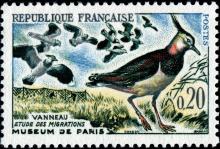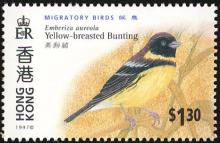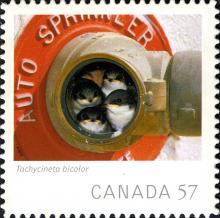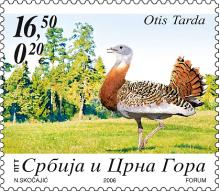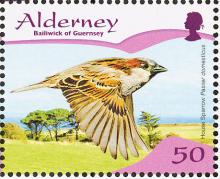Trends in the Lapwing population of North-Rhine – Westphalia 1850-2014
The population of Lapwing (Vanellus vanellus) in North-Rhine – Westphalia (NRW) has declined severely. Since the 1960s the species has lost an estimated 80% of its population, and from 2009-2014 the population has decreased by 40% resulting in a current population of a merely c. 12,000 pairs. Areas above 150m asl have been abandoned almost completely. The main reason for the severe declines lies in the agricultural intensification. This led to the loss of the original breeding sites until 1900. The secondary breeding sites, i.e.

